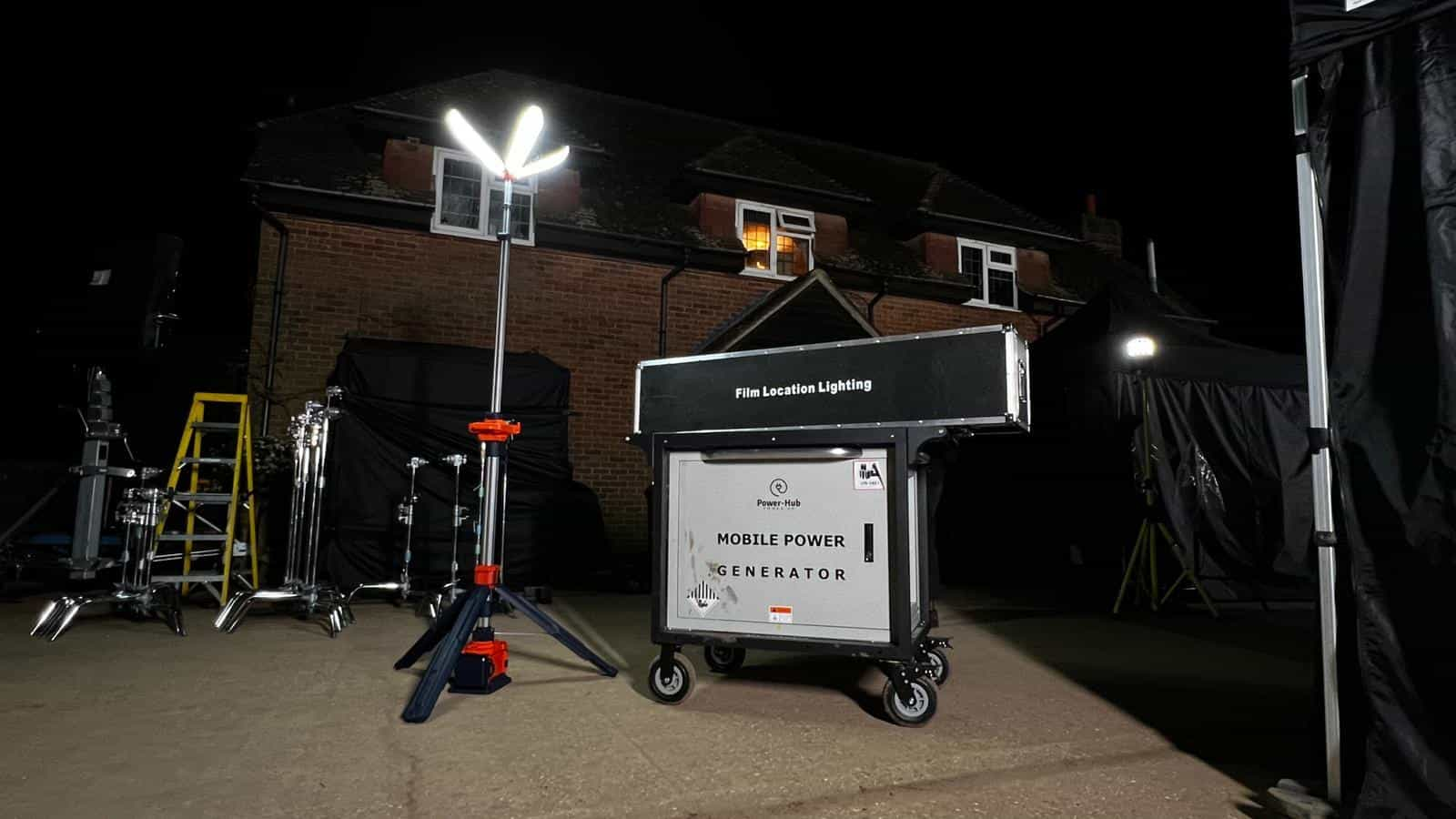
South Africa has been experiencing a power crisis for several years now, with regular power outages known as load shedding becoming a common occurrence. The country's power grid is struggling to keep up with growing demand, and as a result, many areas are left without electricity for hours at a time. The impact of this crisis can be felt in many different ways, from businesses forced to close to households left in the dark. But one area that is often overlooked is outdoor road lighting.
Road lighting is essential for ensuring safe and efficient transportation, and it plays a critical role in reducing traffic accidents and fatalities. However, when load shedding occurs, road lighting is one of the first things to be affected. Without adequate lighting, drivers may struggle to see the road ahead, increasing the risk of accidents. Pedestrians may also find it difficult to navigate, especially in poorly lit areas. This can have serious consequences, particularly in high-crime areas where poor lighting can make individuals more vulnerable to attacks.
The impact of load shedding on road lighting has been felt across South Africa, with reports of accidents and crime increasing in areas where the lights are out. Many municipalities have been forced to invest in backup generators and other costly solutions to keep the lights on, but these are often unreliable and expensive to maintain. As a result, there has been growing interest in energy-efficient lighting solutions, such as solar street lighting.
Solar street lighting offers a reliable, cost-effective solution to the power crisis in South Africa. These lights are powered by renewable energy, which means they do not rely on the grid for their energy supply. Instead, they use solar panels to collect energy during the day, which is stored in batteries and used to power the lights at night. This means that even during load shedding, the lights will continue to work, providing a reliable source of illumination for drivers and pedestrians alike.
In addition to being reliable, solar street lighting is also highly energy-efficient. Traditional street lights consume a significant amount of electricity, but solar lights are designed to be as efficient as possible, minimizing their energy consumption and reducing their impact on the environment. They also require minimal maintenance, which means they are a cost-effective solution over the long term.
Solar street lighting is not just a practical solution to the power crisis in South Africa; it is also a sustainable one. By investing in renewable energy solutions like solar lighting, municipalities can reduce their carbon footprint and help mitigate the effects of climate change. Solar lighting also reduces the demand for electricity from the grid, which in turn reduces the strain on the power system and helps to prevent load shedding.
In conclusion, the power crisis in South Africa has highlighted the importance of reliable, energy-efficient outdoor road lighting. Solar street lighting offers a practical, sustainable solution that can help keep roads and communities safe, even during load shedding. As municipalities continue to invest in renewable energy solutions, we can look forward to a brighter, safer future for all.

